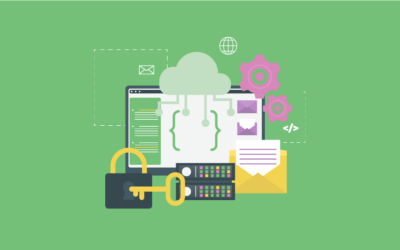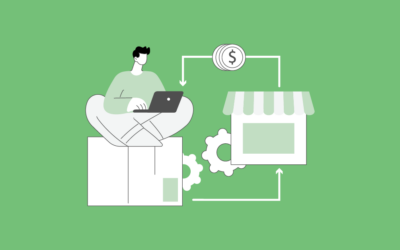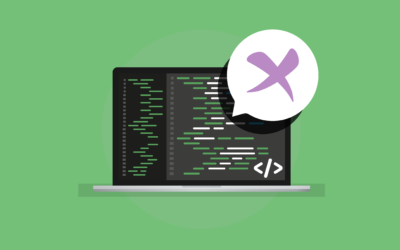Are You Solving a Problem or a Situation?


A new software – the key to all problems
Seth Godin, in one of his many insightful contributions, describes the difference between a problem and a situation. A problem has a solution, even if you don’t like what the solution entails or maybe you haven’t discovered the solution yet. A situation exists and has no solution, so you need to learn to live with it. Don’t expend energy on resolving situations pretending to be problems.
New software might be a response to a problem or a situation. Seth’s analysis could help define the objectives and success criteria while managing the expectations of colleagues who might be hoping for a magic fix.
Consider your interactions with customers in a B2B business. Unless you enjoy a monopoly or sell low-value commodity items, customers have choices, negotiating power, foibles, procurement teams, and a raft of requirements that make it hard to push them through your version of a standard sales process. That’s a situation, not a problem. As such, it is not apt to be solved by changing your processes or deploying new software. If you invest in new software on the premise that it will solve (overcome) those pesky problems customers throw at you, you are setting yourself up to fail.
Is this a software vendor saying a software solution is futile? Not at all – just don’t expect software to convert customers into compliant purchasers. The rocky road of sales is a situation you must learn to live with. It’s not tidy, reliable, or even convenient. A sales process is one example of a business process you need to manage rather than force. It involves human interaction. Where does software fit into that process?
If you can’t use a fully robotic process, software is only useful if it augments the work done by humans. Set your objectives and define your returns by that metric – don’t have objectives that assume the ‘situation’ will disappear.
How does a good software work?
There are tasks best done by humans and tasks better done by machines. Humans don’t like tedious, repetitive tasks requiring attention to detail. On the other hand, humans don’t like mechanical responses to interactions that need a human touch. Most back office processes (including those where the customer is a colleague in another part of the organisation) are like this, and each end-to-end process is a mixture of tasks.
Good software should therefore work in three contexts:
- Automate the steps manifestly suited to machines
- Bring the other tasks to humans in a way that is timely and pleasing for all involved
- Keep track of the volume and status of all the transactions so the humans are not overwhelmed by data
We are rapidly getting to the stage where software can also contribute in a fourth context: machines can extract insight from volumes of data to provide humans with feedback previously obscured by the noise of day-to-day transactions.
Are you solving a problem or a solution


A new software – the key to all problems
Seth Godin, in one of his many insightful contributions, describes the difference between a problem and a situation. A problem has a solution, even if you don’t like what the solution entails or maybe you haven’t discovered the solution yet. A situation exists and has no solution, so you need to learn to live with it. Don’t expend energy on resolving situations pretending to be problems.
New software might be a response to a problem or a situation. Seth’s analysis could help define the objectives and success criteria while managing the expectations of colleagues who might be hoping for a magic fix.
Consider your interactions with customers in a B2B business. Unless you enjoy a monopoly or sell low-value commodity items, customers have choices, negotiating power, foibles, procurement teams, and a raft of requirements that make it hard to push them through your version of a standard sales process. That’s a situation, not a problem. As such, it is not apt to be solved by changing your processes or deploying new software. If you invest in new software on the premise that it will solve (overcome) those pesky problems customers throw at you, you are setting yourself up to fail.
Is this a software vendor saying a software solution is futile? Not at all – just don’t expect software to convert customers into compliant purchasers. The rocky road of sales is a situation you must learn to live with. It’s not tidy, reliable, or even convenient. A sales process is one example of a business process you need to manage rather than force. It involves human interaction. Where does software fit into that process?
If you can’t use a fully robotic process, software is only useful if it augments the work done by humans. Set your objectives and define your returns by that metric – don’t have objectives that assume the ‘situation’ will disappear.
How does a good software work?
There are tasks best done by humans and tasks better done by machines. Humans don’t like tedious, repetitive tasks requiring attention to detail. On the other hand, humans don’t like mechanical responses to interactions that need a human touch. Most back office processes (including those where the customer is a colleague in another part of the organisation) are like this, and each end-to-end process is a mixture of tasks. Good software should therefore work in three contexts:
- Automate the steps manifestly suited to machines
- Bring the other tasks to humans in a way that is timely and pleasing for all involved
- Keep track of the volume and status of all the transactions so the humans are not overwhelmed by data
We are rapidly getting to the stage where software can also contribute in a fourth context: machines can extract insight from volumes of data to provide humans with feedback previously obscured by the noise of day-to-day transactions.
More Weekly Articles



















